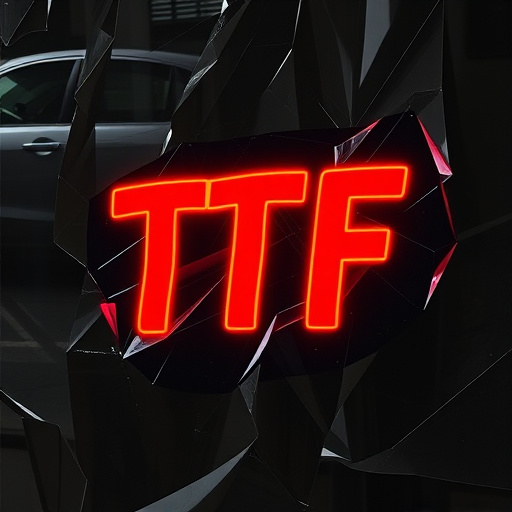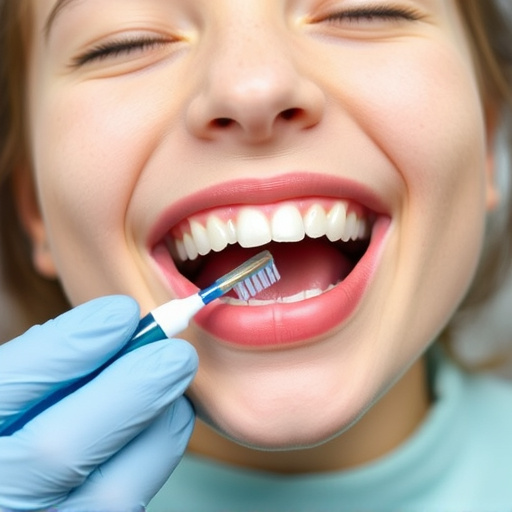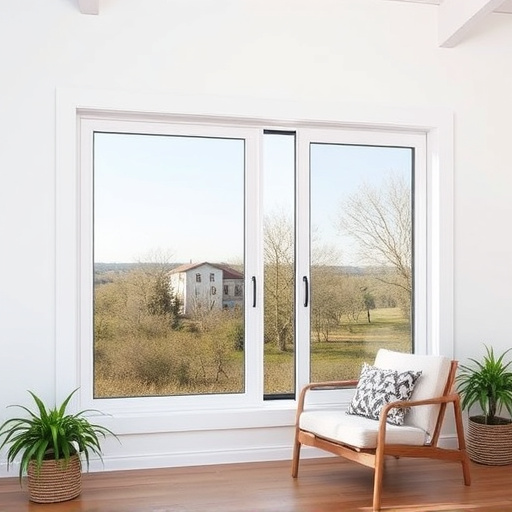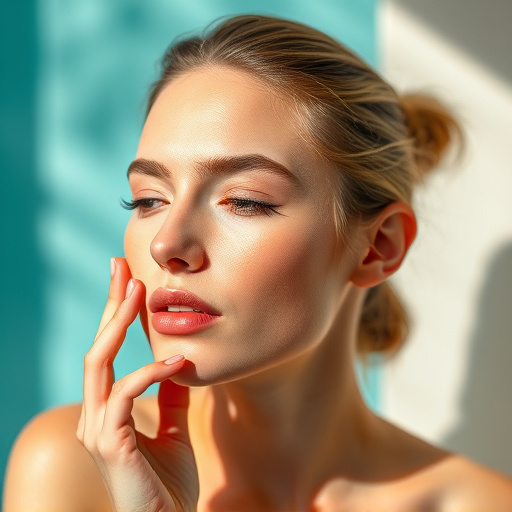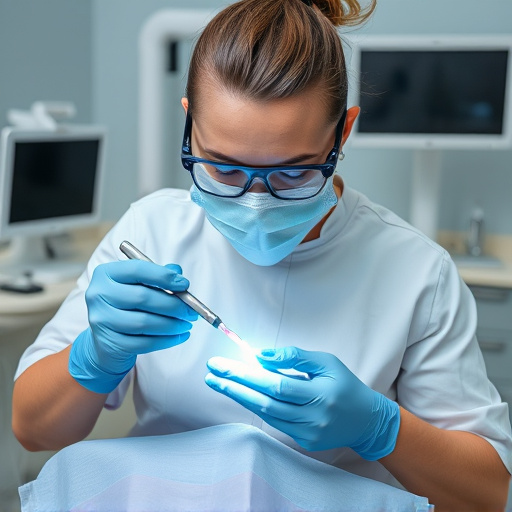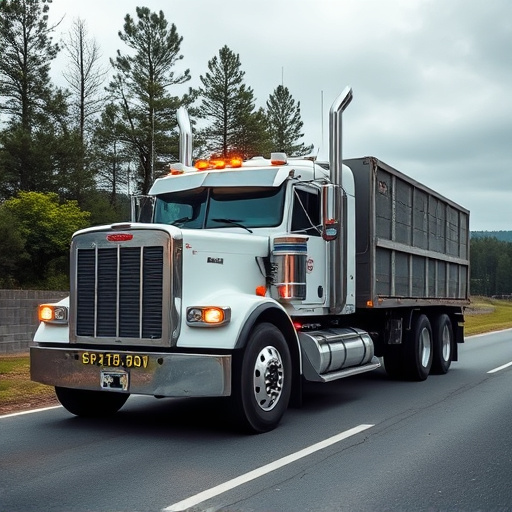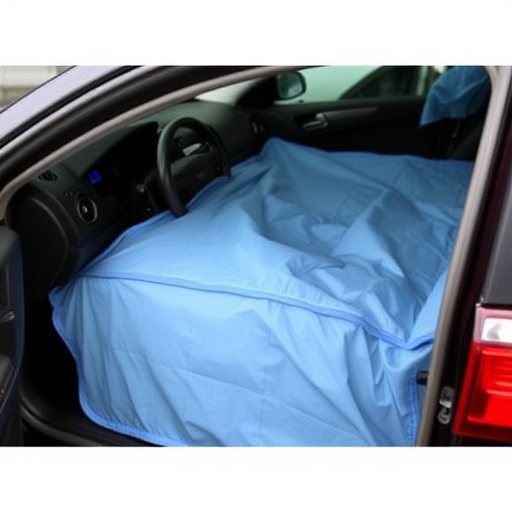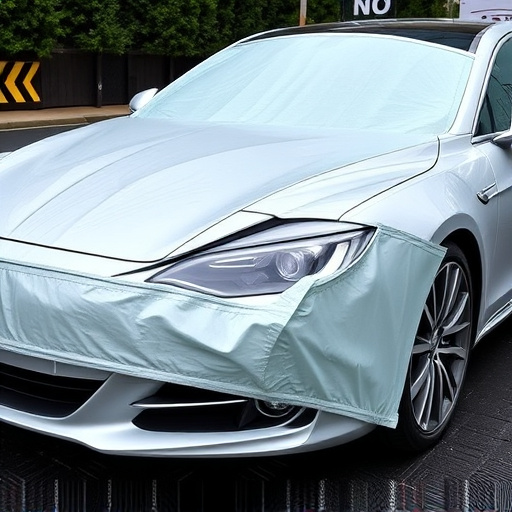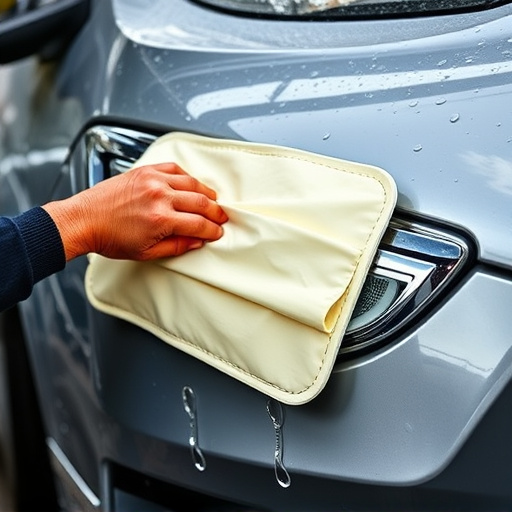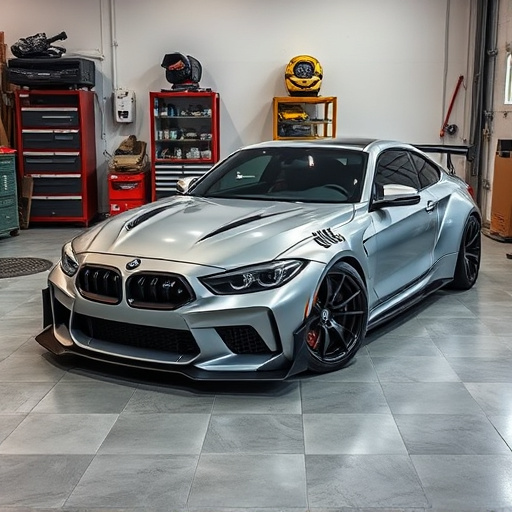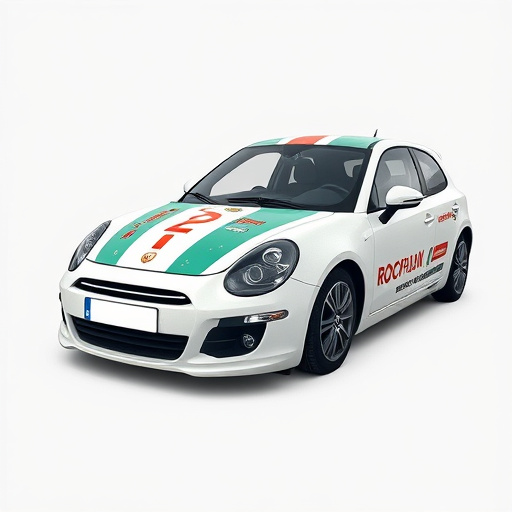Gloss finish wraps, popular for vehicle protection and customization, offer multi-layered defense against UV, dirt, and chemicals with custom graphic printing capabilities. Application requires skill and precision, involving surface preparation, primer, PPF, and meticulous alignment for seamless results. Distinguish between reversible (removable) and permanent wraps based on desired flexibility, aesthetic changes, or long-lasting protection. Choice depends on individual preferences, budget, and balance between customization and durability.
Are you considering glossy finish wraps for your next project, but unsure about their durability? This guide explores the world of gloss finish wraps, delving into their materials, application techniques, and long-term performance. We unravel the question: are these wraps reversible or permanent? Understanding these aspects is key to making informed decisions for your design needs, ensuring both aesthetic appeal and longevity.
- Understanding Gloss Finish Wraps: Materials and Composition
- The Application Process: Techniques and Considerations
- Longevity and Care: Reversibility vs. Permanence in Practice
Understanding Gloss Finish Wraps: Materials and Composition
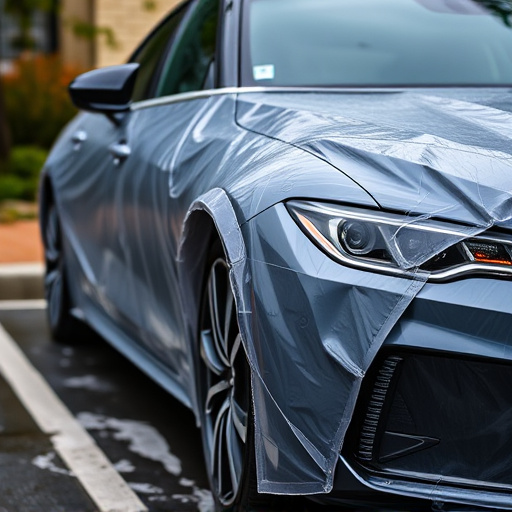
Gloss finish wraps are a popular choice for vehicle protection and customization due to their striking visual appeal. These wraps are essentially thin films made from high-quality, durable materials designed to cover and protect various surfaces. The ‘gloss’ in their name refers to the smooth, reflective surface they offer, making them a preferred option for those seeking both style and defense.
Underneath this sleek exterior lies a complex composition, typically consisting of multiple layers. A protective coating forms the base, providing a barrier against elements like UV radiation, dirt, and mild chemicals. This is followed by an adhesive layer that ensures strong bonding to the underlying surface, whether it’s paint, metal, or plastic. Custom graphics can be printed onto this wrap, allowing for endless creative possibilities in designing vehicles, signs, or other objects. The topcoat further enhances the gloss finish and adds an extra layer of protection, making these wraps both functional and aesthetically pleasing.
The Application Process: Techniques and Considerations
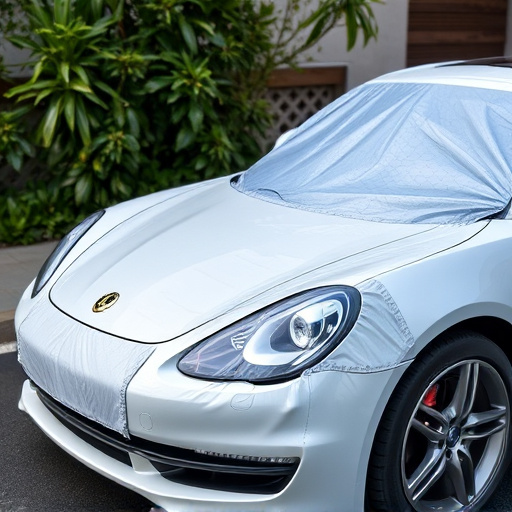
The application process of gloss finish wraps is both an art and a science. It requires precision, skill, and attention to detail. Professionals often use advanced techniques for a flawless finish, ensuring every curve and corner is perfectly contoured. The first step involves thorough preparation of the surface, including cleaning and decontaminating to achieve optimal adhesion. A key consideration is the application of primer, which acts as a bridge between the vehicle’s paint and the wrap, enhancing bond strength and preventing bubbles or ripples.
For scratch protection, many opt for a professional PPF (Paint Protection Film) installation before applying vinyl wraps. This additional layer provides a barrier against everyday scratches and swirls, preserving the gloss finish. The process demands patience and meticulousness, especially when dealing with intricate designs or complex vehicle shapes. Proper placement and alignment are crucial to avoid visible lines or misalignments. Using high-quality materials and following best practices ensures that the gloss finish wraps not only look reversible but also provide long-lasting protection for the underlying surface.
Longevity and Care: Reversibility vs. Permanence in Practice
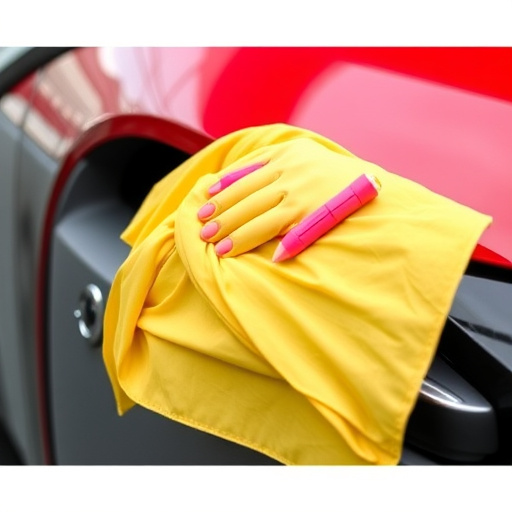
When it comes to longevity and care, understanding the difference between reversible and permanent gloss finish wraps is essential for any vehicle owner considering window tinting or custom graphics. Reversible wraps offer a more flexible approach, allowing for easy removal and reapplication if desired. This is particularly beneficial for those who want to change their vehicle’s look periodically without causing damage to the original paintwork. On the other hand, permanent gloss finish wraps are designed for long-lasting protection and aesthetic appeal. They provide an extra layer of defense against UV rays and environmental contaminants, ensuring your vehicle’s windows remain clear and the wrap stays intact over time.
In practice, ceramic window tinting with reversible gloss finishes allows for a vibrant display of custom graphics that can be updated as trends change or personal preferences evolve. These wraps are often preferred by individuals who want the option to switch between different designs without compromising protection. Conversely, permanent protective coatings, while more costly upfront, eliminate the need for repeated applications and provide an indelible, high-quality finish that can enhance the overall look and value of your vehicle. Thus, choosing between reversibility and permanence depends on individual needs, budget, and the desired level of customization and protection.
Gloss finish wraps offer a stunning visual enhancement, but understanding their reversibility is key. While some materials allow for reversible application, many are designed as permanent solutions. Proper care and technique can extend the lifespan of these wraps, ensuring they remain vibrant and in place. When choosing gloss finish wraps, consider the material composition and intended use to determine if a reversible or permanent option suits your needs best.
